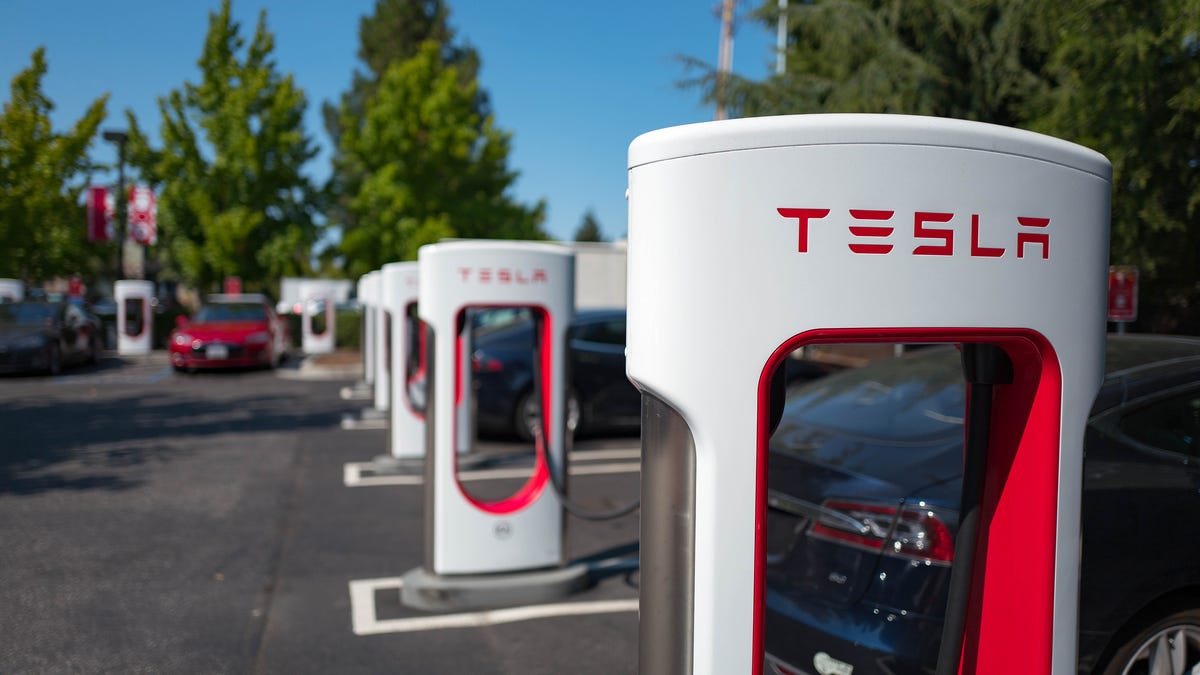Tesla sets delivery record in 2017, but needs to sell even more
It's an impressive number, but the efforts required for the forthcoming Model 3 will be unlike anything Tesla's managed so far.

The specter of Model 3 looms large over Tesla in 2017, but the company continues to soldier ahead, providing record production figures that are good, but still a far cry from what the automaker hopes to achieve in the coming years.
Tesla built 25,418 vehicles in the first quarter of 2017, which is a record for the US automaker. In the same quarter, it delivered "just over" 25,000 cars, also a record figure. That last number is a 69 percent increase over Q1 2016, and it's on the conservative side, because Tesla only counts cars that have reached their owners.
The Model X is gaining traction in Tesla's quarterly sales numbers. Of the roughly 25,000 deliveries, approximately 13,450 were the Model S hatchback, and about 11,550 were the Model X SUV. The Model X rollout happened over a somewhat long period, so this should be the first quarter where Model X was on sale in all its target markets.
The Model S remains Tesla's top seller, but once Model 3 production hits its stride, that's going to change.
Approximately 4,650 cars are still in transit to customers, as well. These will be counted as Q2 deliveries, which means that in order to hit its goal of delivering 50,000 vehicles in the first half of 2016, Tesla will only need to produce and deliver about 20,000 more cars.
The numbers are good for Tesla, but things are about to get complicated. The significantly more affordable Model 3 is still slated to enter production later this year, and while Tesla has raised some cash to prepare for the rollout, its production goals are still significantly higher than what it's showing in Q1.
Per Tesla's stated goal of producing 500,000 vehicles per year by the end of 2018, Tesla has just about two years to quintuple its production. Granted, the Model 3 will be less expensive and less complicated than its forebears, but with hundreds of thousands of reservations still in hand, Tesla will have to deliver on its promises or face buyers that might flee in the face of more readily available competitors such as the Chevrolet Bolt EV.
There's also the matter of Gigafactory. The billion-dollar battery plant built in conjunction with Panasonic is all but required to meet Tesla's future demand for lithium-ion batteries, and since it's not fully online yet, it remains equal parts necessity and potential roadblock.

